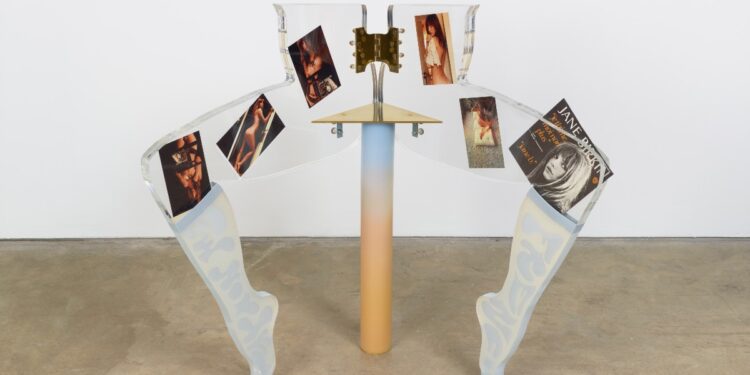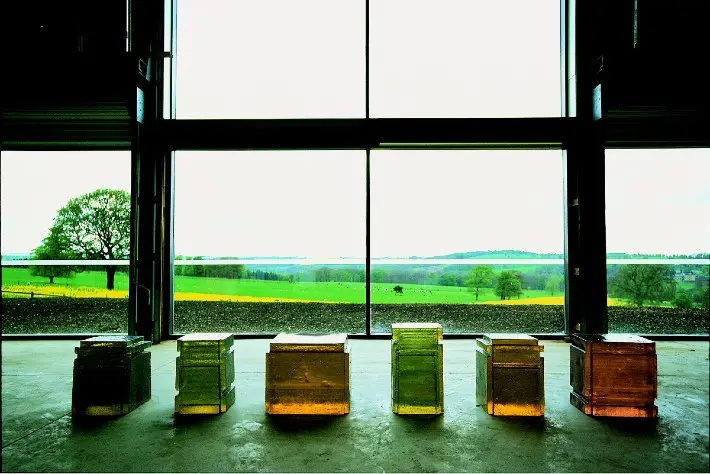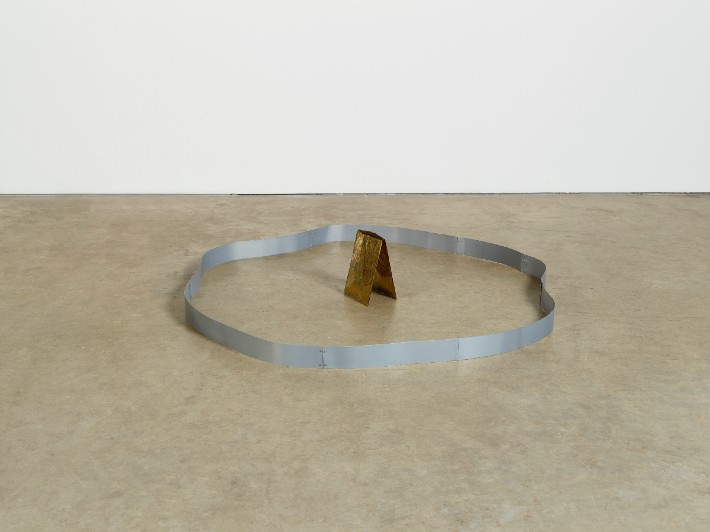Breaking the Mould – Sculpture by Women since 1945 at Yorkshire Sculpture Park

Breaking the Mould is the first extensive survey of post-war British sculpture by women in a public institution. Spanning more than seventy years and exploring the work of fifty sculptors, this exhibition provides a radical recalibration, addressing the many accounts of British sculpture that have marginalised women or airbrushed their work out of the art historical canon altogether.
The exhibition opens at Longside Gallery at Yorkshire Sculpture Park. And it comprises just over fifty works ranging from sculpture to installation in a wide-ranging list of materials.
The works in this exhibition have been selected from the Arts Council Collection, managed by the Southbank Centre. A collection that holds more than 250 sculptures by over 150 women. The selected works highlight the Collection’s long-term commitment to women working in sculpture and the strength and diversity of a wide range of practices. Many of the represented artists have challenged ingrained notions of sculpture as a ‘male occupation’ by embracing new materials, subjects and approaches. Others have avoided institutional bias by producing work for alternative spaces or the public domain. The exhibition is part of the Arts Council Collection’s 75th-anniversary celebrations.

“Commitment to reflecting diversity”
The first work by a sculptor to be purchased for the Collection was a drawing by Barbara Hepworth, Reconstruction (1947). And that’s included in the exhibition alongside her wooden sculpture Icon, 1957. Since then, sculpture by women has been consistently acquired for the Collection. There are also several works from the Collection which are being displayed to the public for the first time. These include Katie Cuddon’s A Problem of Departure, 2013, a ceramic sculpture of a pillow clasped between dimpled thighs; as well as Rose Finn-Kelcey’s God’s Bog, 2001, a toilet cast in Jesmonite curling delicately like a seashell. The exhibition also offers an opportunity to see several works that have not been on public display for some time. And these include works by Wendy Taylor and Sokari Douglas Camp.
The works in Breaking the Mould are arranged into three loose, thematic sections: Figured, Formed and Found. These broad themes enable a range of shared concerns to emerge across time, space and material. A number of the accompanying labels have also been written by a range of contributors. And those voices highlight the need for sustained collective action to broaden representation within the field of sculpture.
Deborah Smith is Director of the Arts Council Collection. She told us: “As part of our 75th-anniversary programme, Breaking the Mould celebrates the Collection’s unique relationship with sculpture made by women since 1946. This is the largest survey of its kind to date. It demonstrates the breadth and depth of works in our collection and our ongoing commitment to reflecting diversity within our acquisitions and programmes.”

“Fresh critical thinking”
Breaking the Mould has been initiated in response to Women Working in Sculpture from 1960 to the Present Day: Towards a New Lexicon, a research project led by Catherine George and Hilary Gresty.
Breaking the Mould is accompanied by a fully-illustrated publication produced by Hayward Publishing. It features an essay on the subject by Natalie Rudd, Senior Curator of the Arts Council Collection, and curator of the exhibition. It includes complimentary texts from artists, writers, and curators exploring the practices of fifty British sculptors, presenting fresh critical thinking on the subject. The book also features a timeline, highlighting key events and developments over the last seventy years.
The exhibition is also supported by a range of resources and activities for everyone; and also a series of engaging events at Longside Gallery during the course of the show.









